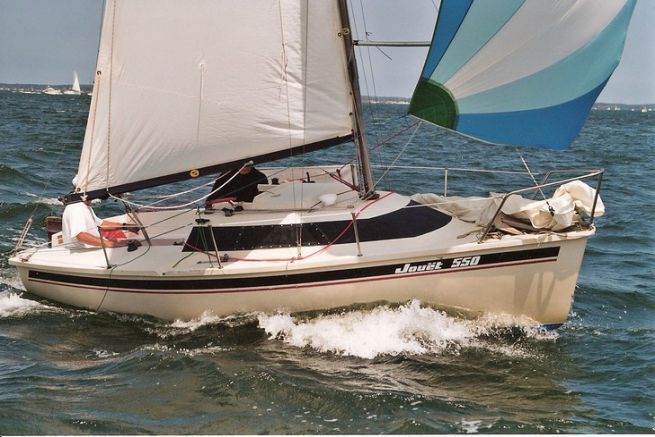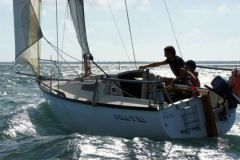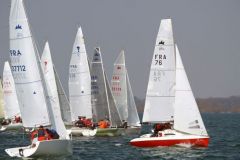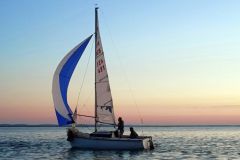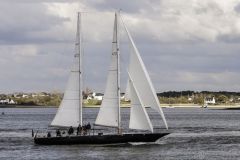- Price: 1 500 to 4 000 euros
- Built from 1979 to 1984 in 154 specimens
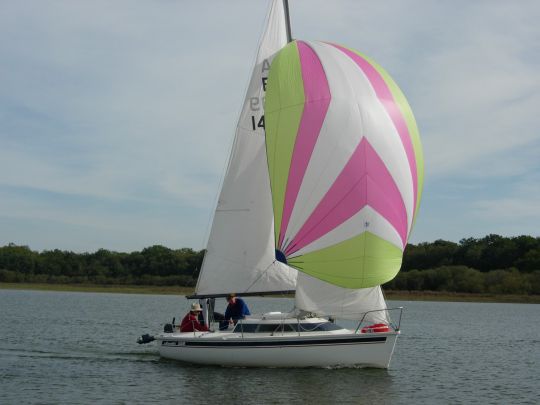
He deserves to be known, this Toy 550! It is a Micro, i.e. it responds to the gauge set up at the end of the 1970s by the magazine Bateaux. The specifications were based on the characteristics of the Corsaire and the Edel 2: 5.50 m in length, 18.50 m2 upwind sail area, 550 kilos per scale and a minimum stiffness to the canvas. In this family, there are excellent mini cruisers, such as the Microsail, First 18 and Neptune 550. Elegant with its deckhouse surrounded by a dark band, the Petit Jouët retains a very contemporary design for a sailboat presented in 1979. Then it is offered at a more than reasonable price. Finally its program is very broad: day trip, coastal cruise and regatta.

Jean Berret's leg
Because the Jouët 550 goes fast, very fast: the leg of Jean Berret, well known for his couriers, is well there. Minimum wet surface and slender rig, this Toy likes light weather. It proves to be very efficient upwind and downwind - he likes to glide his spinnaker. The 550 is on the other hand a little handicapped by its short length of the good full with the small largue. The"S" version, with its 80 cm extended mast, is even more powerful when sailing. But to our knowledge, only two models are equipped with this lake rig.
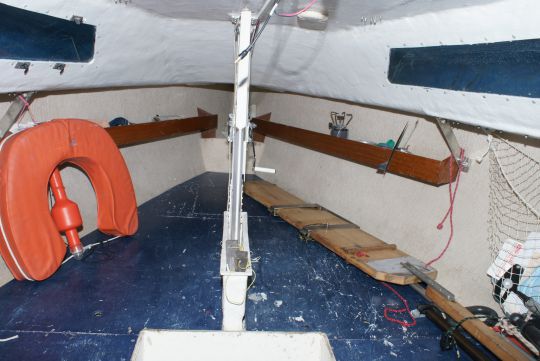
Simple and uncluttered
Less expensive than the Microsail, it is an excellent choice for those who frequent tidal bodies of water and for those who prefer trailer transport. With its flat hull and 550 kg all wet, the Jouët 550 gets into the water as easily as a small star. Only reproach: a very bare finish. The shipyard completely ignored the cockpit lockers and the anchor locker. The 85 kg cast iron keel is easily lifted by a trailer winch from the inside.

Four berths and 1.20 m high under beams
Obviously, in such a small volume, impossible to taste the great comfort. The berths - two single on the planks and one double at the front are however of good size. The height under bars is limited to 1,20 m but one is well installed sitting down. A few teams in the front, some vaults and that's it. However, some models have been equipped with additional accommodation - kitchenette, chart table.
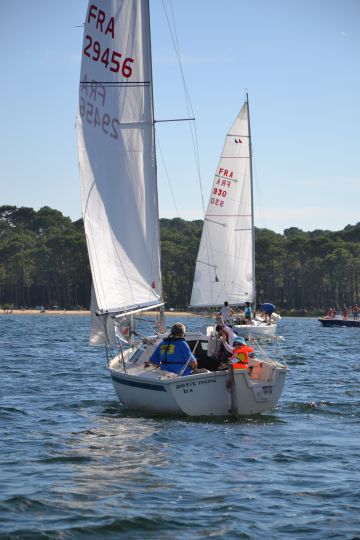
The diagnosis of Bateaux.com
The first thing to check: the condition of the well, sometimes severely planed by the keel. Then take a look at the cast state of the appendix and the sponge/guide. These two parts have been integrated into the construction before decking so it is not easy to replace them (unless you design a new two-part sponge and cut out the deck to take out the daggerboard). Also check the anchors of the bow chainplate and chandeliers. Beware also of the dead body: when the daggerboard is raised, the 85 kg of cast iron that rises to go above the waterline sometimes results in capsizing... when the canvas is dry! Complete the two 25kg sows on either side of the drift well for anchoring and a battery well positioned in the bottom is desirable.
The benefits
- Excellent performance
- Design always in touch
- Grounding flat in 30 cm of water
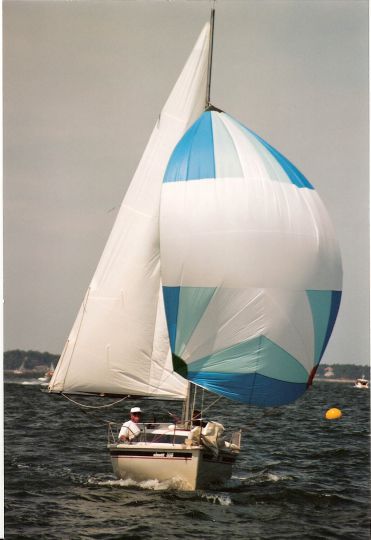
Disadvantages
- No external safes
- Lack of keel stability noted
- Drift and sponge not removable (or almost)
But what does he miss?
Accessible cockpit lockers and more modern fittings.
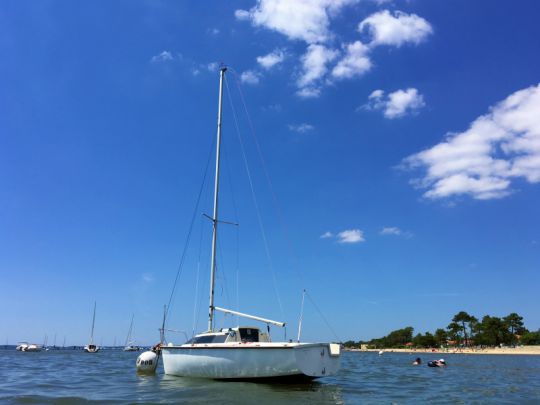
The equivalent today?
Not much since the Go 550 and Squid are no longer built. Only the Junior iKone - in sloup version - and the Blue Djinn, is close to the Micro program. Not forgetting the small Polish dinghies like the TES 550.

 /
/ 